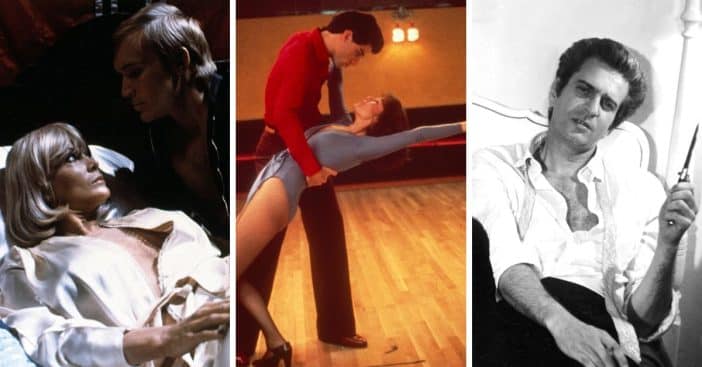
The ‘70s saw movies that crossed the line and not by mistake — that was their intent. These movies boldly shocked their audiences with their directness, unlike other films of the time like Serpico(1973), The French Connection(1971), and Mean Streets(1973), which adopted a more subtle approach in their production.
It was an era of controversy where films were criticized, banned, and censored. At the same time, there was an irony in the fact that the more the backlash, the higher the ticket sales, so directors fanned the flames of outrage even more. By today’s standards, some of the movies might seem only a little over the top, but they were a big deal back then. Here are 11 daring classics from back in the day.
‘Caligula’ (1979)
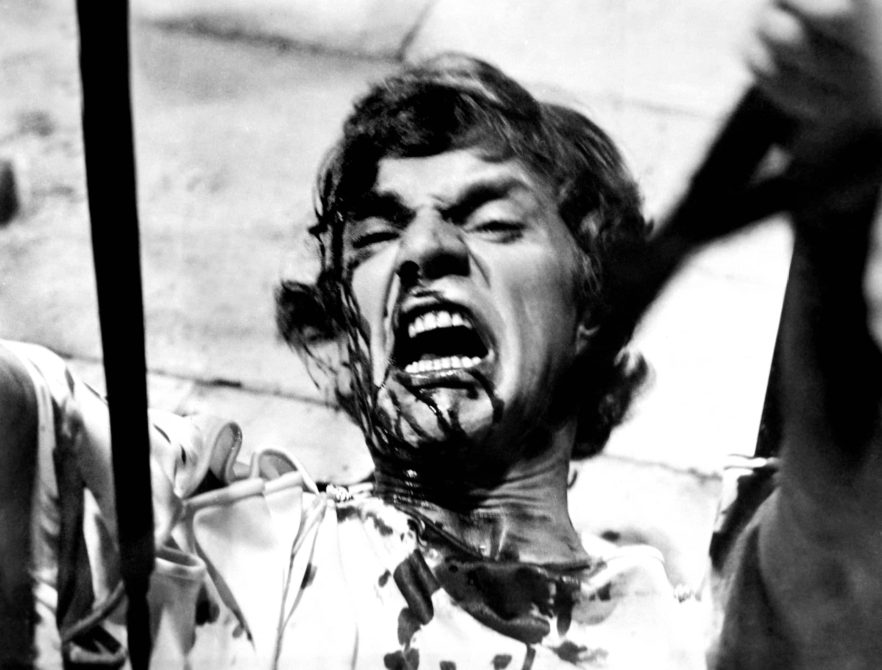
In the late ’70s, Penthouse magazine publisher Bob Guccione had a plan to produce an erotic film that would feature A-list actors. Caligula was produced in 1979, and it tells the story of the rise and fall of the Roman Emperor.
RELATED: Rare Footage From Original ’70s ‘Exorcist’ Resurfaces As New Film Drops
This 1979 release featured stars like Malcolm McDowell, Teresa Ann Savoy, Helen Mirren, and Peter O’Toole and is known for its over-the-top sex scenes. However, a major controversy occurred when the movie’s director, Tinto Brass, altered the original script so much that the writer, Gore Vidal, disowned it. On top of that, the movie producers also sidelined Tinto and added unsimulated sex scenes and tones to the movie.
Caligula‘s release stirred up a lot of controversy over its sexual and violent content; however, despite the poor reception, with some critics naming it among the worst movies ever made, Caligula still maintains its status as a cult classic because it has a rich political and historical storyline.
‘The Texas Chainsaw Massacre’ (1974)
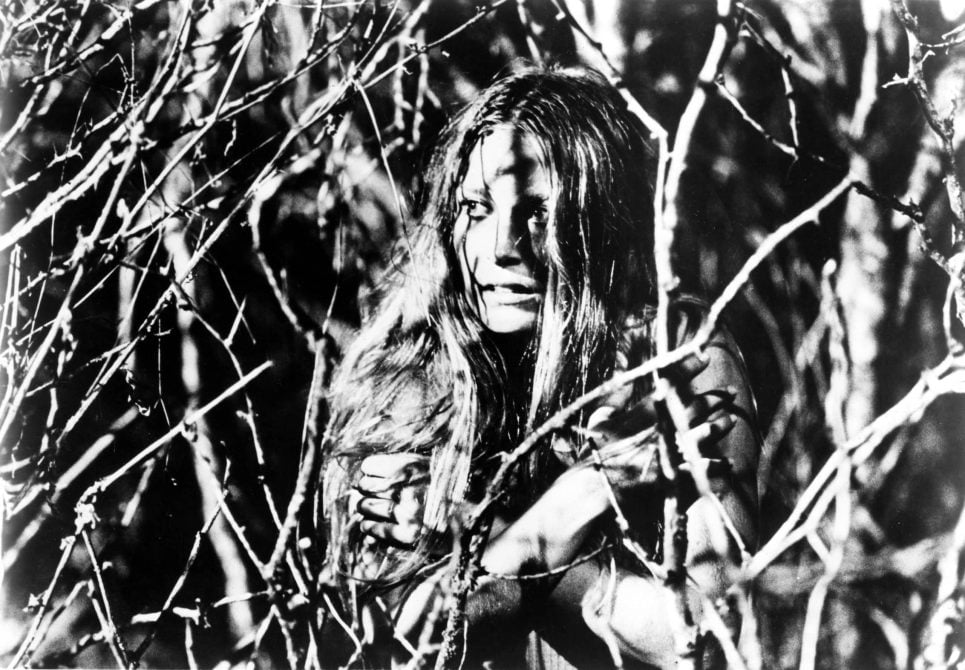
The Texas Chainsaw Massacre made its mark as one of the most engaging horror movies, going bold with the sex scenes and violent content. The movie was rated R by the Motion Picture Association of America (MPAA), and it also faced a similar fate in other countries as it was banned from theaters due to its numerous gory scenes.
However, despite its initial failure to appeal to the audience, the movie gained recognition as one of the best and most influential horror films, inspiring the use of power tools as murder weapons in the slasher genre.
‘The Driller Killer’ (1979)
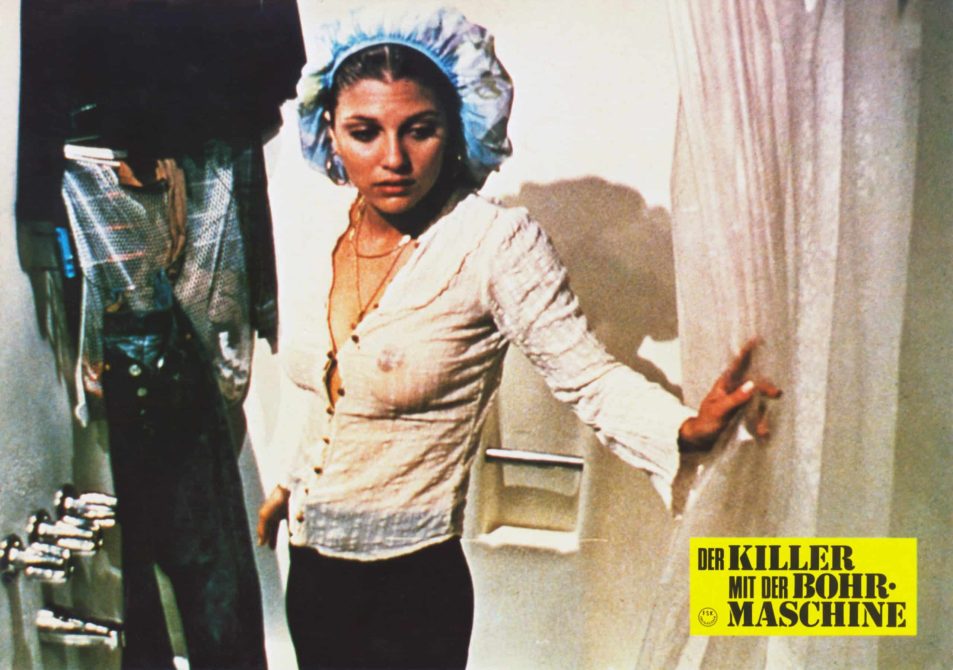
Abel Ferrara’s 1979 black comedy slasher film made it to the United Kingdom’s video nasties list for its overboard promotional graphic content showing a man drilled through the forehead. However, an edited version of the movie was released in 1999, and the approval of the full uncut version in November 2002 inspired its re-release as a video on demand in 2010.
‘Dolemite’ (1975)

Dolemite is an American blaxploitation crime comedy film starring Rudy Ray in the title role. The plot features him as a pimp, comedian, and nightclub owner imprisoned after being set up by a rival gang He gets a pardon from the Governor and an early release, and teams up with his fellow pimp, Queen Bee, his karate-trained prostitute sidekick who lobbied for his release to keep the gang going and seek revenge against his rival gang.
The movie is categorized as a sleazy one due to its promotion of prostitution and the way it made sex work look like an exciting and fulfilling job.
‘Thriller: A Cruel Picture’ (1973)
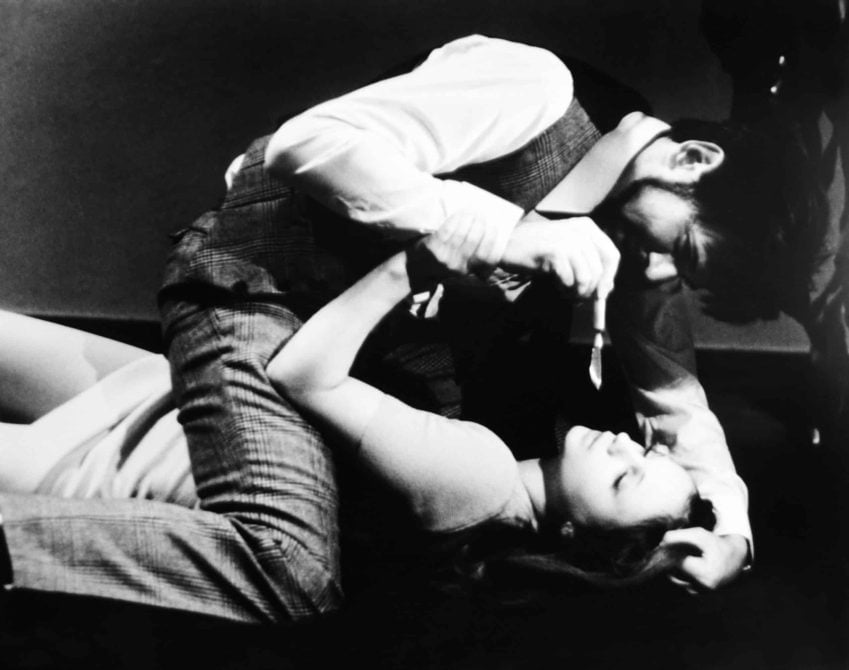
Thriller — A Cruel Picture is a 1973 Swedish rape-and-revenge exploitation film directed by Bo Arne Viebenius. The movie features Christina Lindberg’s character, Madeleine, as a young girl who was sexually abused during childhood and the psychological trauma impacting her ability to speak, and she became mute. Years later, Madeleine is forced to become a prostitute after accepting a ride from a pimp named Tony. Her survival journey and her quest for revenge are filled with tragedies and blood baths till she becomes free.
The directness of the sex and gore scenes in the movie makes it rank as one of the better of the exploitation movies made.
‘Ilsa, She Wolf of the SS’ (1975)
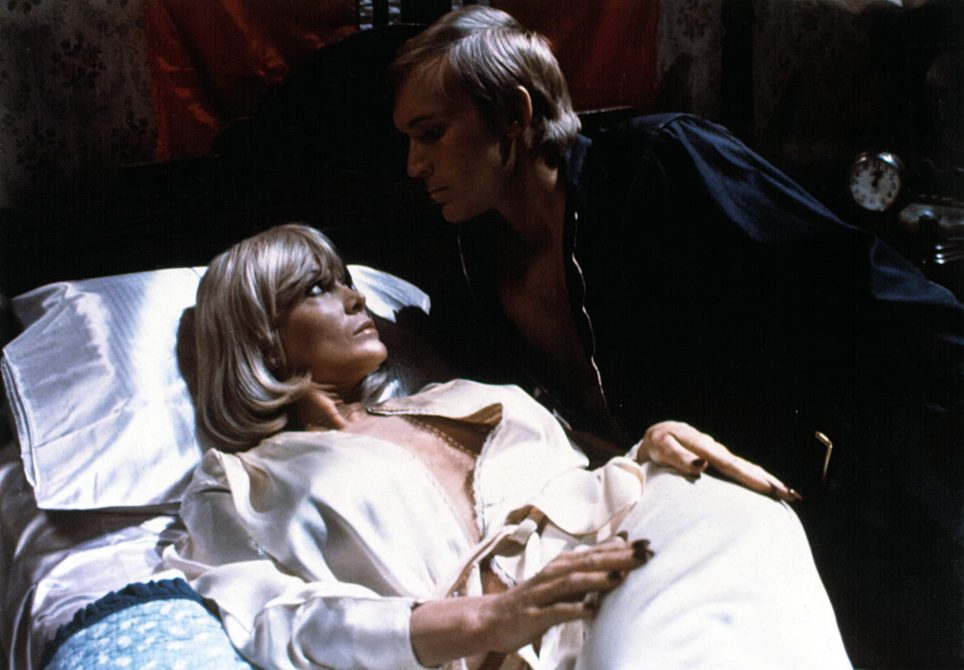
This mid-70s release tells the story of Ilsa, a wicked Nazi warden who wants to prove women endured more suffering than men and should be allowed to fight for Hitler. She performs ridiculous experiments on nearly-naked women, among other atrocities.
The opening disclaimer seems well-intended, but was more of a subtle excuse to make this movie that should never have been. Critic Gene Siskel called the film “the most degenerate picture I have seen to play downtown,” which is a rather vague way of picking a side.
‘The Last House on the Left’ (1972)
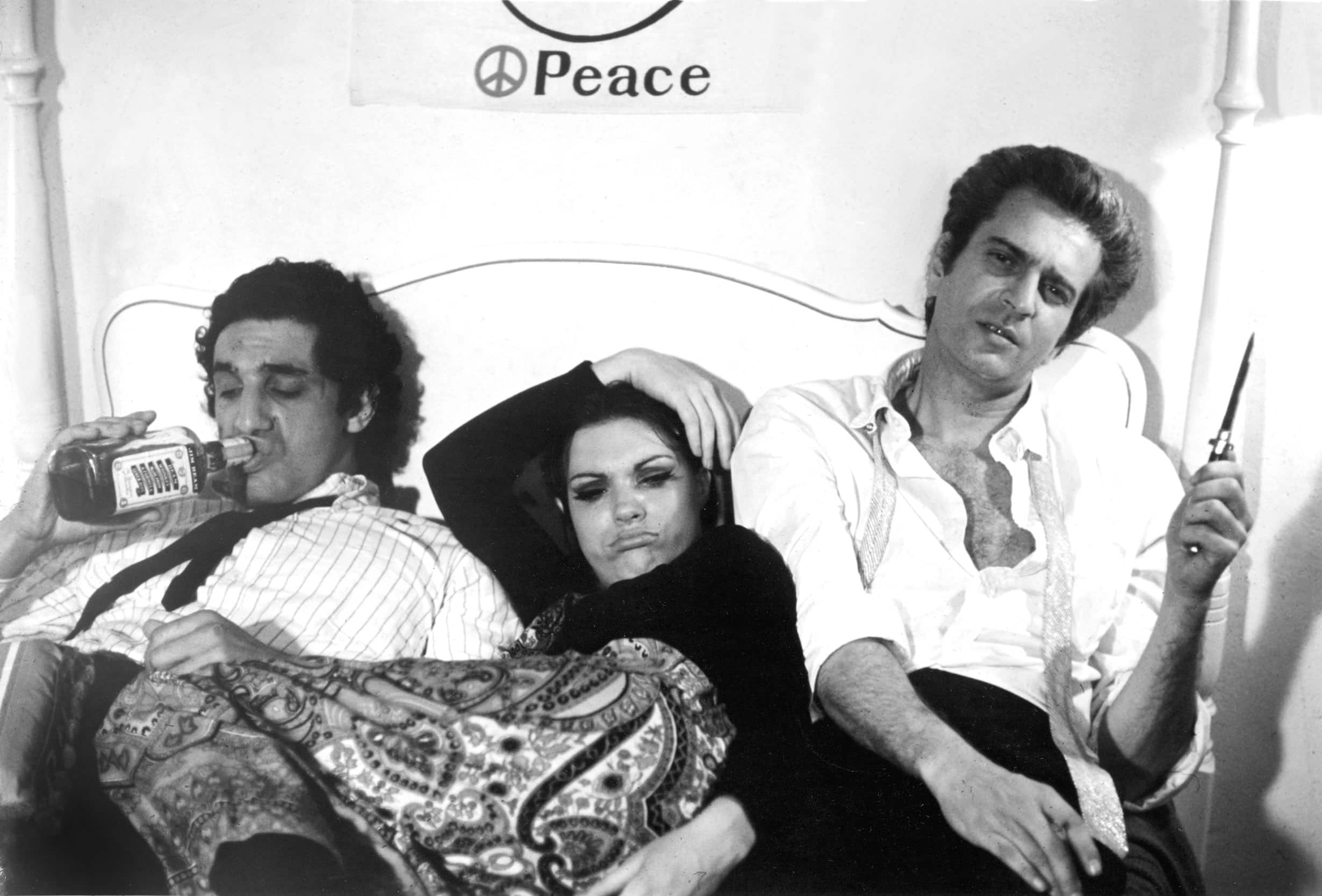
Wes Craven’s debut as a director showed a story of abduction, brutality, and vengeance, topped off with eerie hippie music. Craven wrote a pornographic-based script so as to depict violence in a realistic manner, however he changed his mind as soon as the casting began and told the actors that the film would now follow a traditional horror film trajectory.
The movie initially generated a lot of controversy for bravely advertising violence and its marketing tagline, “Can a movie go too far?” didn’t sit right with viewers. Also, critics slammed Craven’s use of black comedy — scenes of slapstick comedy merged with scenes of rape and humiliation. Interestingly, The Last House On The Left has since achieved a cult following and was nominated for AFI’s 100 Years…100 Thrills,
‘Salo’ (1975)
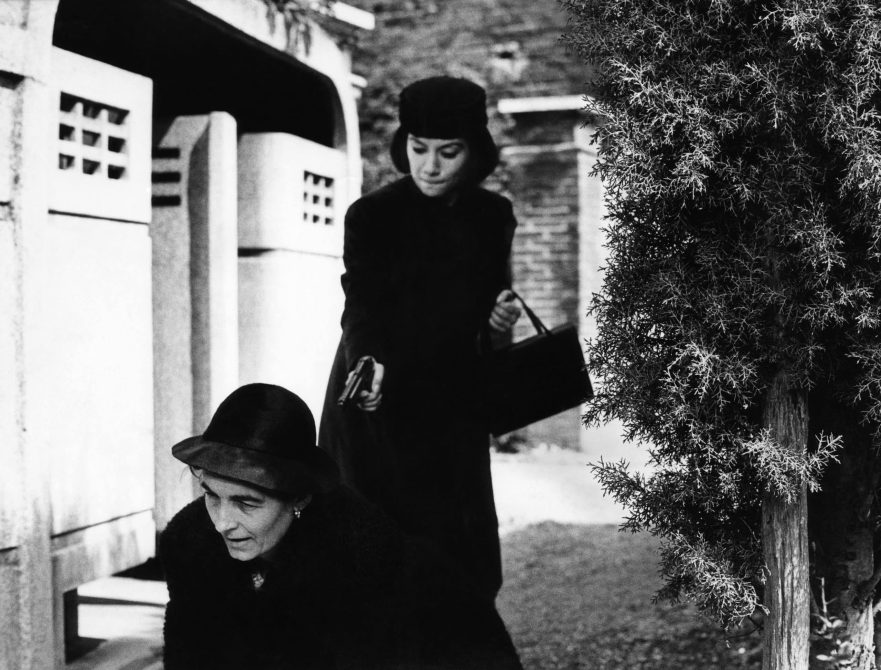
This film by director Pier Paolo Pasolini and writer Marquis de Sade was a gross one. A group of fascists gather adolescents and subject them to unspeakable things (extreme violence, murder, sexual and psychological torture) for 120 days.
The film was controversial upon its release and remained banned in many countries due to its gross graphical representation.
‘Taxi Driver’ (1976)
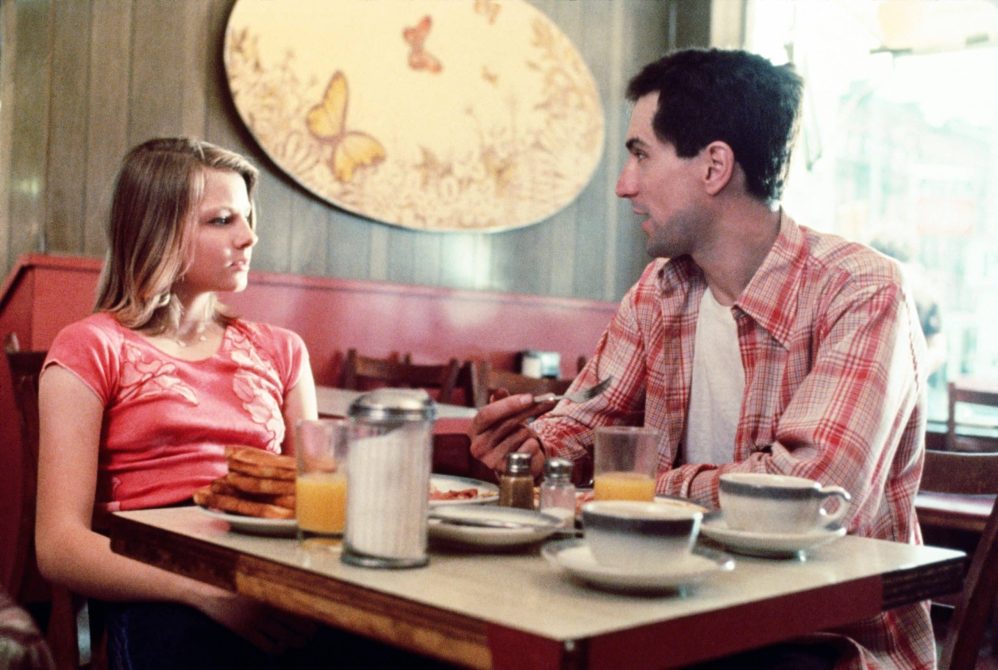
In this 1976 psychological thriller film, Robert De Niro played Travis Bickle, a perv who takes Cybil Shepherd’s character to see an adult movie on their first date. However, through director Martin Scorsese and screenwriter Paul Schrader’s orchestration, viewers can keep an emotional distance from Bickle, yet end up liking him after he saves Iris from Harvey Keitel’s bad guy character, Sport.
Although the film was an instant commercial success, it generated a lot of controversy for its graphic violence and for exploiting child abuse. Also, the film received another round of backlash after John Hinckley, Jr. named it as the motive behind his assassination attempt on former US president Ronald Reagen.
‘Saturday Night Fever’ (1977)
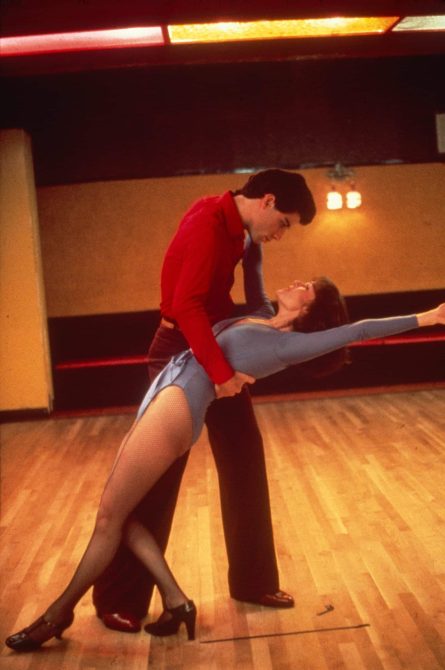
John Travolta stars as Tony Manero, a deeply flawed Italian-American man in a Brooklyn neighborhood who spends his weekends dancing and drinking while coping with social tensions. The film itself is sexually violent and at times highly racist, the combination of which qualifies it as a “sleaze.”
‘The Kentucky Fried Movie’ (1977)
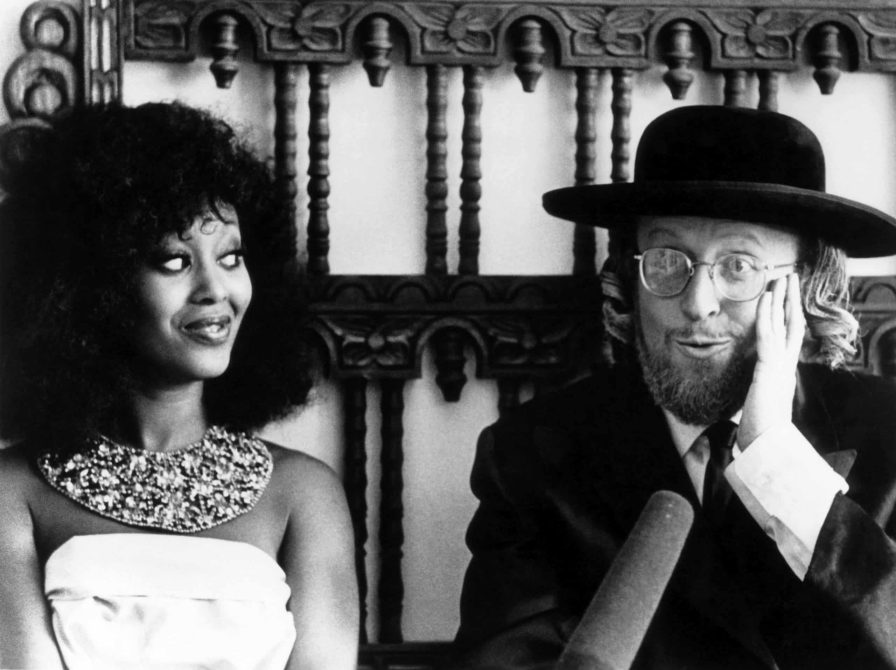
Although extreme for its era, many ‘70s teenagers like The Kentucky Fried Movie. It was full of offensive jokes and exaggerated humor — including a parody of Catholic High School girls in trouble.
Thanks to t]he success of the classic, director John Landis and writers David Zucker, Jim Abrahams, and Jerry Zucker went on to make more sleazy movies, like Zucker’s Airplane.
